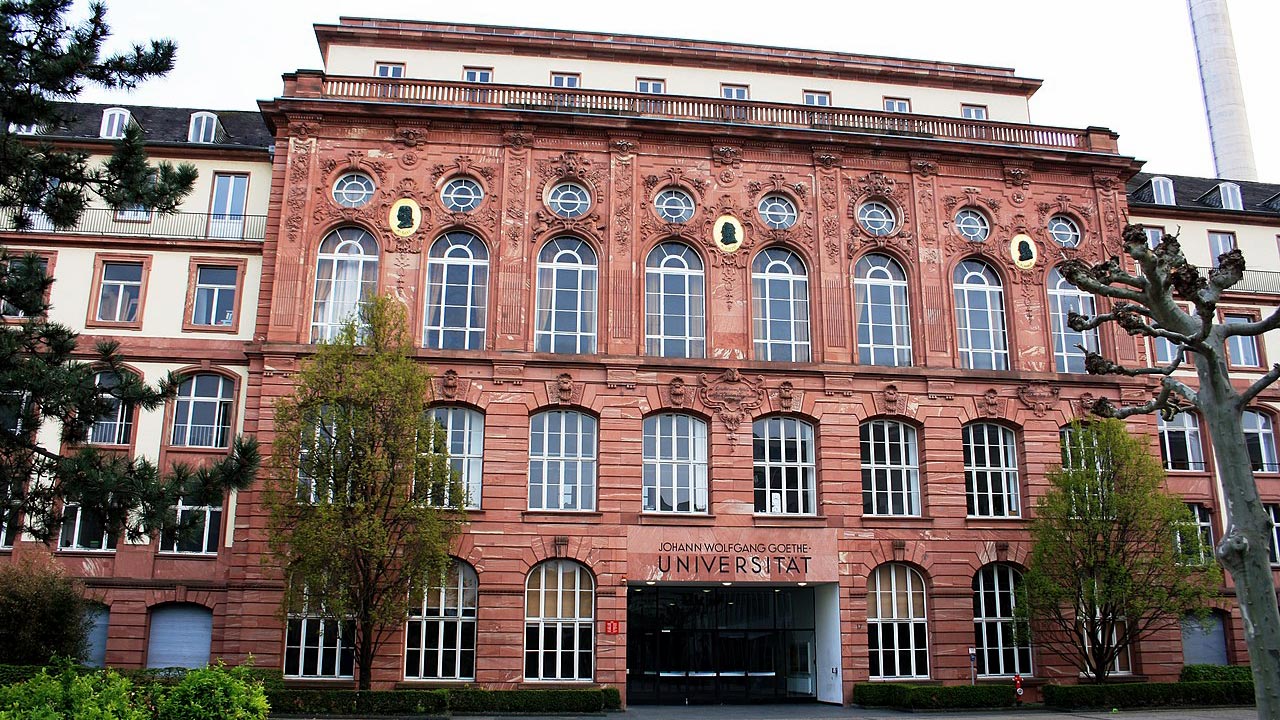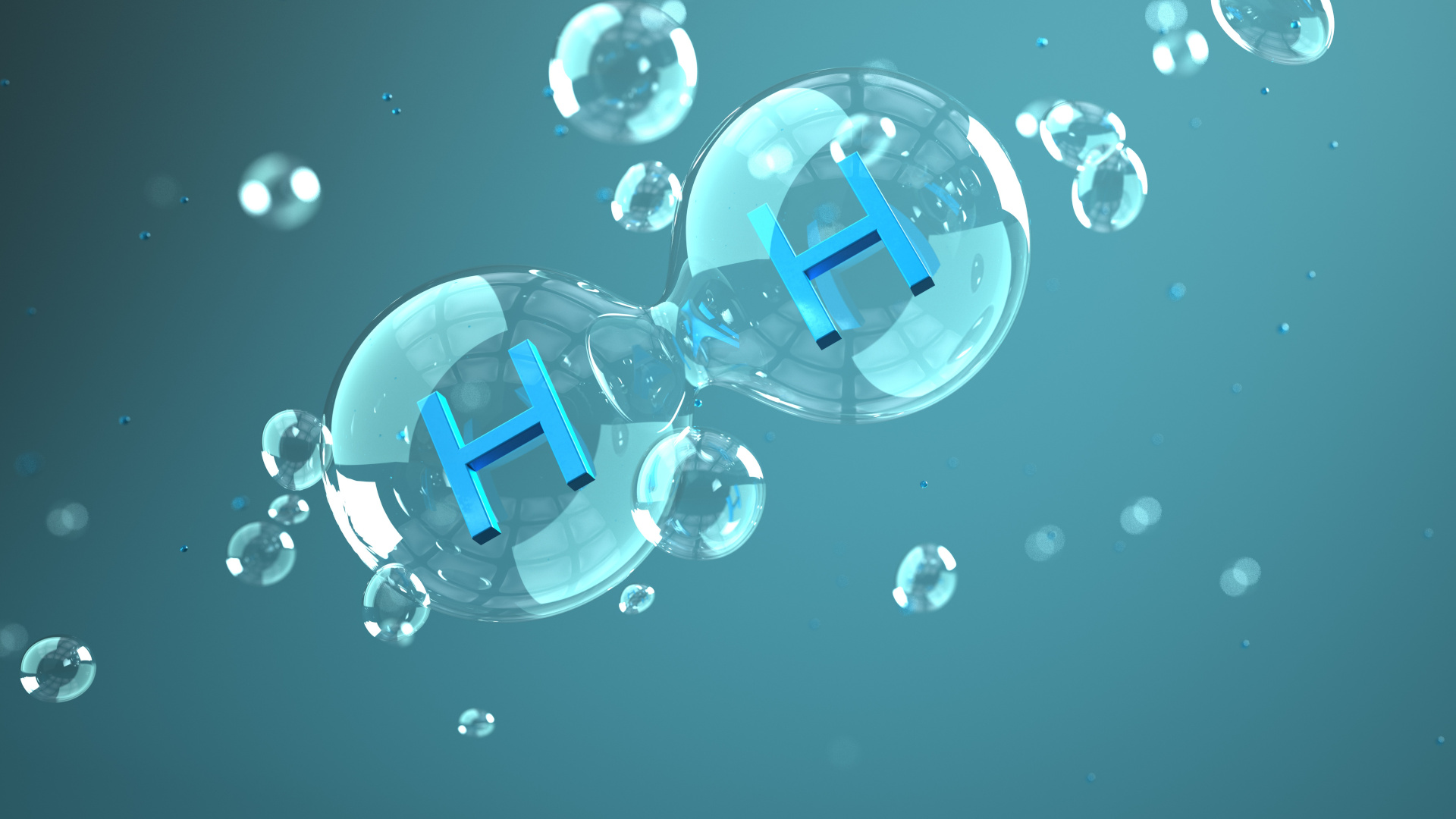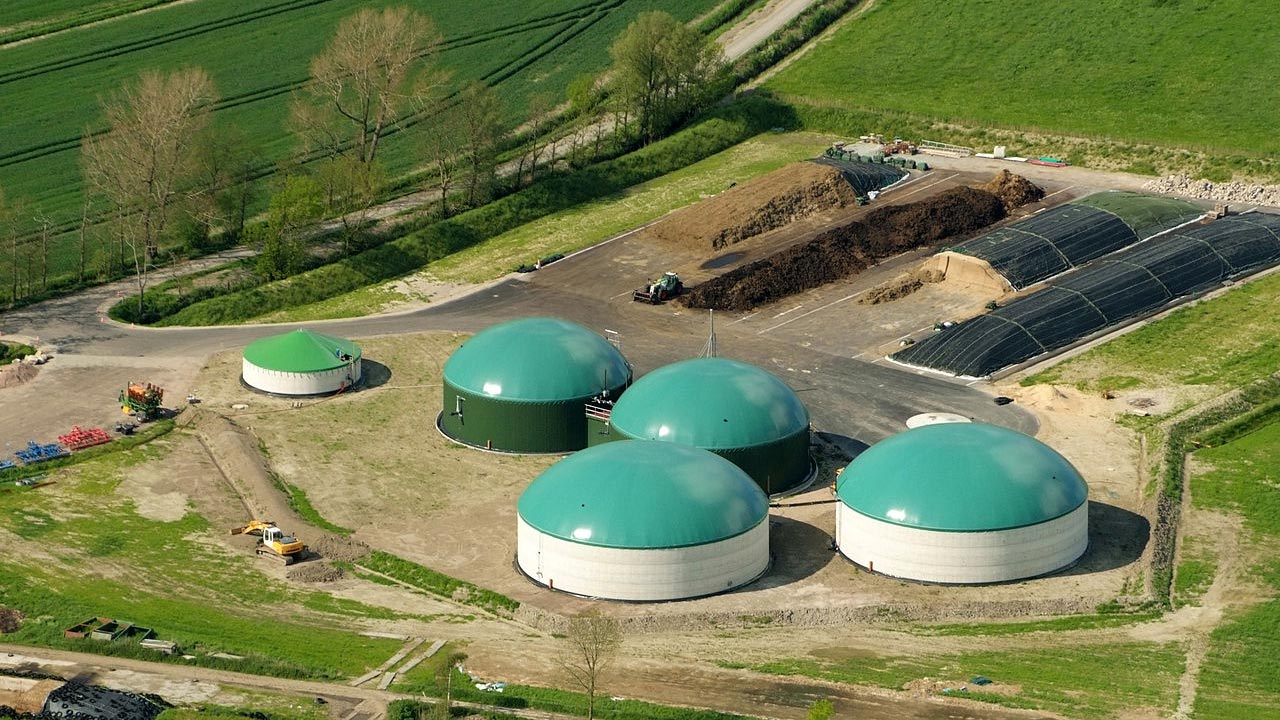Biobattery as a green hydrogen storage system
Specially adapted bacteria enable the energy carrier to be bound and released again in a controlled manner.

Hydrogen is set to become an important energy carrier wherever electrical energy cannot be used directly. However, this is only sustainable if the hydrogen is produced using renewable energies or biobased, and it can be stored. For this, a research team at Goethe University Frankfurt has now developed a process based on bacteria.
Formic acid as an intermediate store
The experts were able to find a microorganism that lives primarily in the deep sea. In the absence of air, these bacteria produce vinegar and ethanol from the raw materials hydrogen and carbon dioxide. Formic acid is formed as an intermediate product. The microbiologists have now genetically modified this bacterium in such a way that its metabolism does not process the formic acid further, but instead accumulates it. In addition, the reverse step is also possible, in which the formic acid is split back into hydrogen and carbon dioxide.
Function at 30 degrees and normal pressure
"The measured rates of CO2 reduction to formic acid and back are the highest ever measured and they are many times greater than with other biological or chemical catalysts," reports Volker Müller of the University of Frankfurt. Another advantage, he says, is that unlike chemical catalysts, the bacteria do not require rare metals or extreme conditions such as high temperatures and high pressures for the reaction. "They do the job at 30° C and normal pressure," the microbiologist emphasizes.
Solar power during the day, hydrogen at night
In practice, the system could work like this: During the day, a solar plant generates electricity, which is used to produce hydrogen from water. The bacteria combine this hydrogen with CO2 to form formic acid. If the hydrogen concentration drops because the sun no longer shines at night, the activity of the bacteria is automatically reversed. The hydrogen is released from the formic acid and can be used as an energy source.
Successful practical test over two weeks
This is exactly what the research team tested in the laboratory. For eight hours every day, the bacteria were fed with hydrogen. In the following 16 hours, they released the hydrogen again completely. "The system ran extremely stably for at least two weeks," sums up Fabian Schwarz from the University of Frankfurt. The research team has now presented details in the scientific journal „Joule“.
bl


